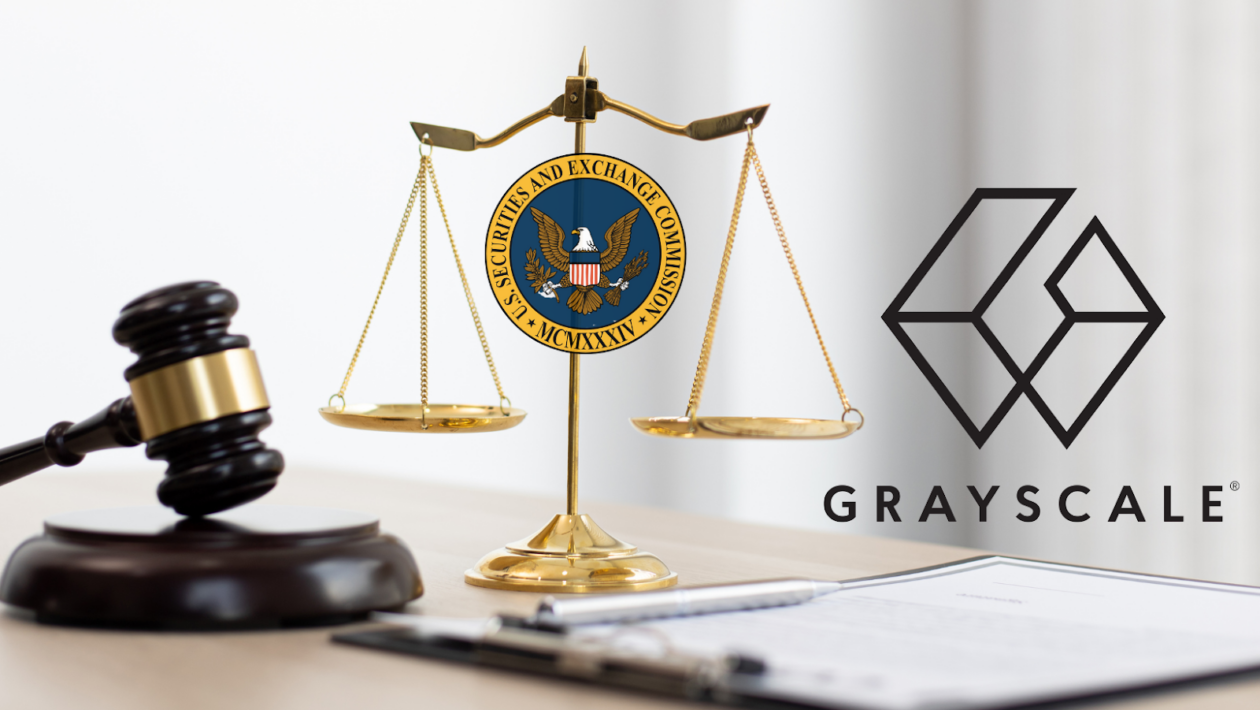Bitcoin rose 1.1% from Sept. 1 to Sept. 8 to US$26,267 as of 3:30 p.m. Friday in Hong Kong. The world’s largest cryptocurrency by market capitalization has been trading below US$30,000 since Aug. 9, according to CoinMarketCap data.
After falling to a weekly low of US$25,413 last Friday, Bitcoin briefly rose above US$26,000 on Sunday and Monday before regaining the support level on Friday.
“Despite Grayscale’s recent court win, investor confidence in Bitcoin remains subdued. The court victory failed to boost the Bitcoin price,” Lucas Kiely, the chief investment officer of digital asset platform Yield App, told Forkast.
“The lackluster response indicates generally bearish sentiment in the crypto sector. Investors are increasingly diversifying their portfolios with assets other than Bitcoin, such as stocks or real estate. While the crypto markets have been relatively quiet in recent months, the stock market offers them more volatility and therefore opportunity.”
On Tuesday, asset manager Grayscale’s lawyers sent a letter to the Securities and Exchange Commission (SEC) requesting a meeting with the agency about the path to convert the Grayscale Bitcoin Trust into an exchange-traded fund (ETF). Grayscale’s lawyers said that there are no grounds for the SEC to continue to block the conversion.

On Wednesday, asset manager Ark Invest filed for a spot Ether ETF in the U.S., naming Coinbase as a custodian. If accepted, this would be the first publicly traded Ether ETF in the U.S. Despite the positive development, Ether, the world’s second-largest cryptocurrency, inched up 0.16% over the week to US$1,647.
On the same day, Bitcoin received institutional fair value accounting approval from the Financial Accounting Standards Board. The long-awaited rules will kick in in 2025, allowing companies with large Bitcoin holdings to report their assets at fair value, capturing the most up-to-date value of the asset and making it easier for companies to hold Bitcoin.
Bitcoin’s price action may also be affected by the September effect, which refers to the phenomenon where traditional equity performance is historically weaker during the month, according to Jonas Betz, crypto market analyst and founder of consultancy firm Betz Crypto.
“While there is some statistical evidence from the last century supporting its existence, many economists and market professionals dismiss it as a reliable predictor. If one accepts the September effect as true for equity markets and given that correlations between Bitcoin and traditional markets are currently positive, it’s conceivable that a weak September in the stock market could also influence Bitcoin prices negatively,” Betz told Forkast.
The global crypto market capitalization stood at US$1.05 trillion on Friday at 3:30 p.m. in Hong Kong, maintaining the same value from a week ago, according to CoinMarketCap data. With a market cap of US$511 billion, Bitcoin represented 48.5% of the market while Ether, valued at US$198 billion, accounted for 18.8%.
Notable movers: SNX, IOTA
The native cryptocurrency of decentralized finance protocol Synthetix (SNX) was this week’s biggest gainer in the top 100, rallying 17.07% to US$2.26. The coin started gaining on Monday, shortly after the protocol announced details about the upcoming perpetual futures V3 testnet, including a trading competition on the new testnet with a US$5,000 reward for first place.
The utility token of the IOTA protocol (MIOTA), a blockchain designed for value and data transfers on the Internet of Things, was this week’s second-biggest gainer, rising 14.57% to US$0.1791. The token started picking up momentum on Wednesday after the protocol announced that the victims of the 2018 online seed generation scam will have their losses refunded.
Next week: Could Bitcoin fall to US$20,300?
“Technical analysis of Bitcoin’s price charts reveals concerning patterns. The formation of lower highs, price reversals to the downside, and failure to breach key resistance levels indicate a potential continuation of the ongoing downward trend,” wrote Yield App’s Kiely.
“While trend lines suggest Bitcoin could fall below US$20,000, it could also revisit US$23,000 in a Fibonacci retrace.”
Ark Invest’s The Bitcoin Monthly report also noted that Bitcoin has a downside risk of US$20,300, which is the market’s average cost basis.
Next week, investors will be looking forward to the release of the U.S. core consumer price index, which measures the inflation of goods and services, excluding foods and energy.
Over in Europe, the European Central Bank’s next interest rate decision is scheduled for next Thursday.
See related article: N. Korean hackers may cash out stolen crypto; HKVAX gets SFC nod as UK crypto rules gets Royal Assent





